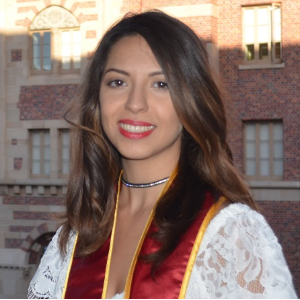Title : Investigation of low frequency thalamic and pallidal local field potential correlation with voluntary movement in children with dystonia
Abstract:
Understanding the relationship between neural activity and voluntary movement provides new insights into understanding the mechanism underlying neural control of movement in both healthy people and those with movement disorders. To investigate the relationship between deep brain oscillations and voluntary movement, we performed deep brain stimulation (DBS) surgery on three patients with dystonia. Ten temporary electrodes were implanted, bilaterally, into globus pallidus interna (GPi), ventralis oralis anterior/ posterior (VoaVop), subthalamic nucleus (STN), ventral intermediate nucleus (VIM), pedunculopontine nucleus (PPN), and ventral anterior (VA). After the surgery, the participants were asked to perform a voluntary reaching task for one minute and rest form thirty seconds, for a period of six minutes with their upper limb. We recorded electromyogram (EMG) from the corresponding muscles and the local field potential (LFP) from the contralateral side of the brain through externalized DBS leads, simultaneously, during the experiment. The LFP was high pass filtered at 1 Hz and the EMG was filtered using a nonlinear Bayesian filter to highlight the changes in muscle activity as well as the activation itself. We performed a time-frequency analysis on the LFP and explored the existence of correlation between the five subnuclei activation power in five frequency bands up to 1000 Hz with either the EMG or derivative of the EMG which is used as a measure of movement onset and offset. The preliminary results demonstrate that there exists higher correlation between the EMG and the motor-subnuclei of the deep brain regions, including GPi, VoaVop, VA, and STN compared to other regions (VIM and PPN). This correlation indicates that the motor nuclei in the brain regions activate during movement, and they are less active during the rest, regardless of the frequency bands. This study has never been done in human subjects before and the findings suggest that the low frequency deep brain recordings can potentially be a predictor of movement for neural control of prosthetics.
What will audience learn from your presentation?
- Regardless of frequency band, motor subnuclei in the human brain are active during the movement and are less active during the rest.
- Motor thalamic and pallidal subnuclei activities are correlated with voluntary movement, however this correlation is indistinct in other non-motor subnuclei, like VIM.
- Our results suggest that movement information is likely to be encoded in the LFP recordings regardless of the frequency. This finding shows that we can use low frequency LFP for neural control of prosthetics and movement predictions. Low frequency recording requires less computing time and processing energy.




